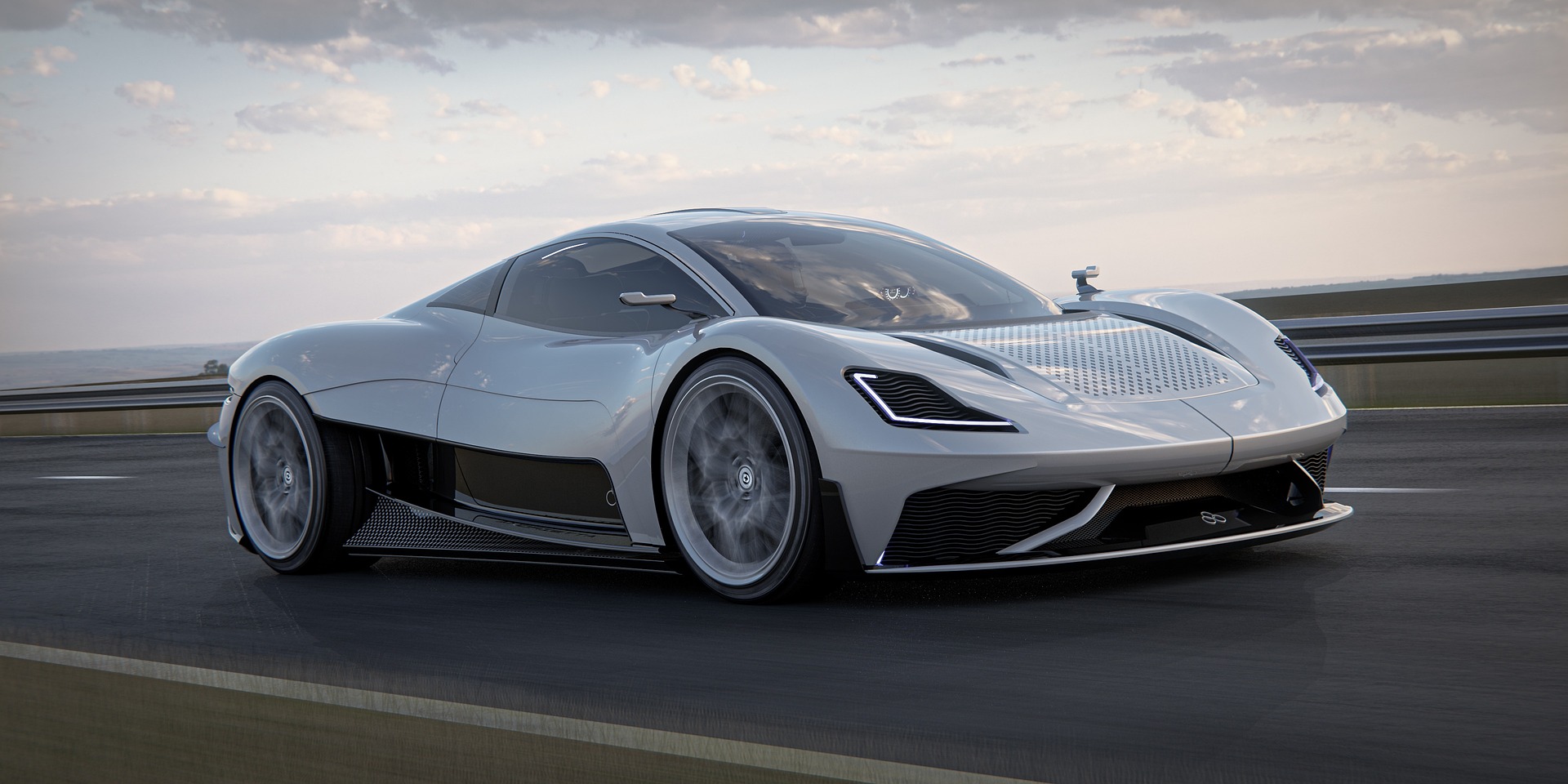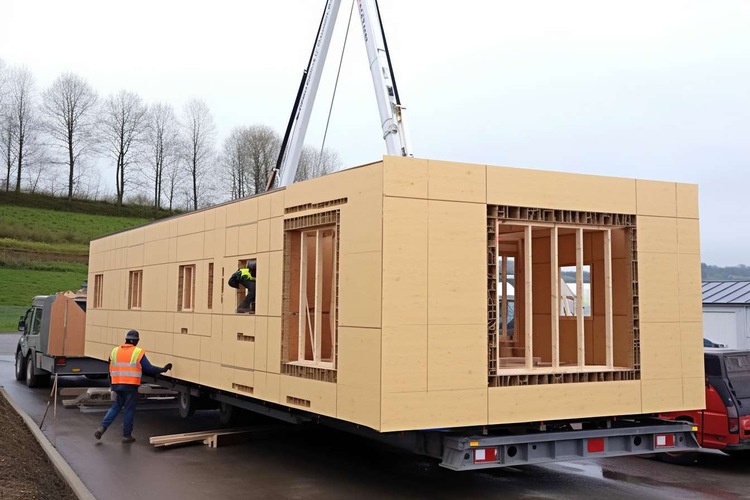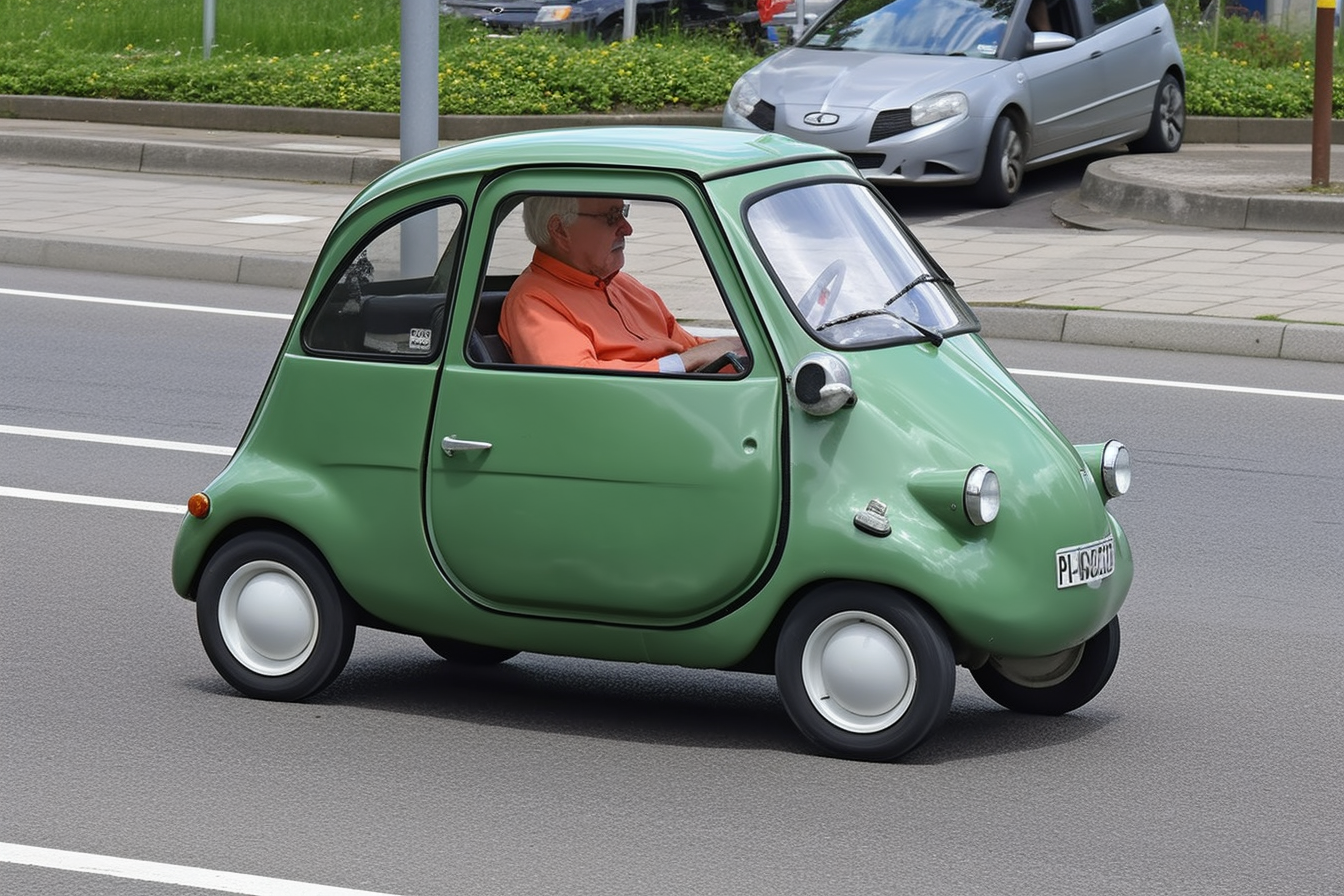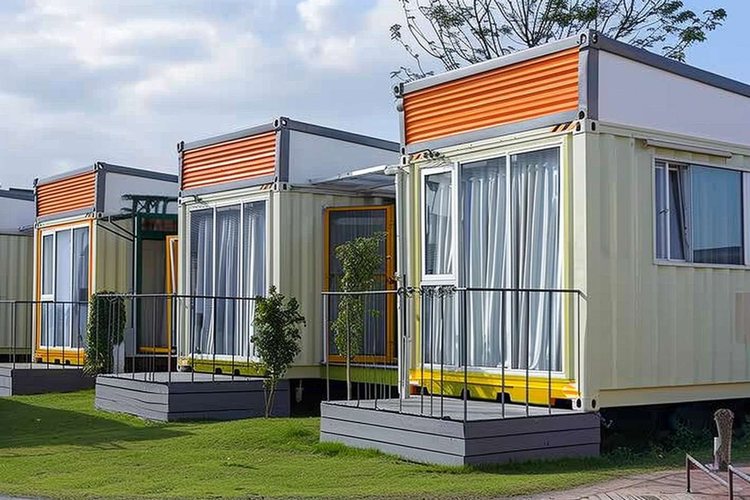Pioneering the Future: The Intricate World of 3D Printing in Automotive Manufacturing
Innovation is the propelling force behind the wheels of the automotive industry. One trailblazing advancement making waves is 3D printing, a technology that's revolutionizing car manufacturing processes. In this article, we delve into the fascinating realm of 3D printing in automotive manufacturing, examining its historical context, current applications, and potential future impact.

Historical Overview: From Prototypes to Production
3D printing, also known as additive manufacturing, first emerged in the 1980s. However, it was initially limited to creating prototypes due to its high costs and technological constraints. The automotive industry was quick to recognize its potential, using it to create intricate, custom-shaped parts that were otherwise difficult to produce. Over time, advancements in technology and decreasing costs have transformed 3D printing into a viable method for mass production.
Current Applications: Beyond Concept Cars
Today, 3D printing technology is not restricted to producing concept car models or prototypes. It has evolved into a tool for manufacturing intricate car parts, from engine components to entire chassis. For instance, niche manufacturers such as Koenigsegg use 3D printing to create ultra-lightweight, high-strength parts for their hypercars. This not only allows for a level of customization that was previously impossible but also significantly reduces production times and waste.
The Industry Shift: A New Manufacturing Paradigm
The adoption of 3D printing is causing a paradigm shift in automotive manufacturing. Traditional manufacturing methods require extensive tooling and assembly lines, making small production runs costly and time-consuming. In contrast, 3D printing enables on-demand production, reduces inventory costs, and allows for greater design flexibility. This makes it an attractive proposition for manufacturers, particularly those producing luxury or limited-edition vehicles.
Impact and Benefits: A Game Changer in the Making
The benefits of 3D printing in automotive manufacturing are manifold. It offers unparalleled design freedom, enabling complex geometries and structures that are impossible to achieve with traditional manufacturing methods. It also promises significant cost and time savings by eliminating tooling and reducing assembly time. Moreover, it allows for greater customization, enhancing the consumer experience by enabling bespoke designs.
Challenges and Future Prospects: Navigating the Uncharted Territory
Despite its promising potential, 3D printing in automotive manufacturing is not without challenges. The technology still faces hurdles in terms of speed, scalability, and material limitations. However, ongoing research and advancements promise to overcome these obstacles, fueling optimism about the technology’s future in the industry.
3D printing is poised to emerge as a transformative force in automotive manufacturing, promising to revolutionize the way we build, design, and customize cars. As this technology continues to advance and mature, it is set to drive the automotive industry into a new era of innovation, efficiency, and customization. The journey has only just begun, and it promises to be an exciting ride.




